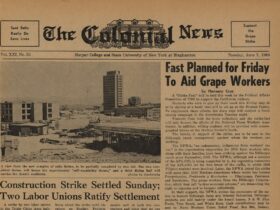Dying Speeches and Bloody Murders: Crime Broadsides Collected by the Harvard Law School Library
http://broadsides.law.harvard.edu/
Just as programs are sold at sporting events today, broadsides — styled at the time as “Last Dying Speeches” or “Bloody Murders” — were sold to the audiences that gathered to witness public executions in eighteenth- and nineteenth-century Britain. These ephemeral publications were intended for the middle or lower classes, and most sold for a penny or less. Published in British towns and cities by printers who specialized in this type of street literature, a typical example features an illustration (usually of the criminal, the crime scene, or the execution); an account of the crime and (sometimes) the trial; and the purported confession of the criminal, often cautioning the reader in doggerel verse to avoid the fate awaiting the perpetrator.
The Library’s collection of more than 500 broadsides is one of the largest recorded and the first to be digitized in its entirety. The examples digitized here span the years 1707 to 1891 and include accounts of executions for such crimes as arson, assault, counterfeiting, horse stealing, murder, rape, robbery, and treason. Many of the broadsides vividly describe the results of sentences handed down at London’s central criminal court, the Old Bailey, the proceedings of which are now available online at http://www.oldbaileyonline.org.
Conservation and digitization of the broadsides was made possible by a generous grant from the Peck Stacpoole Foundation, a charitable endowment for the support of genealogical, local history, and other museum and library collections.


